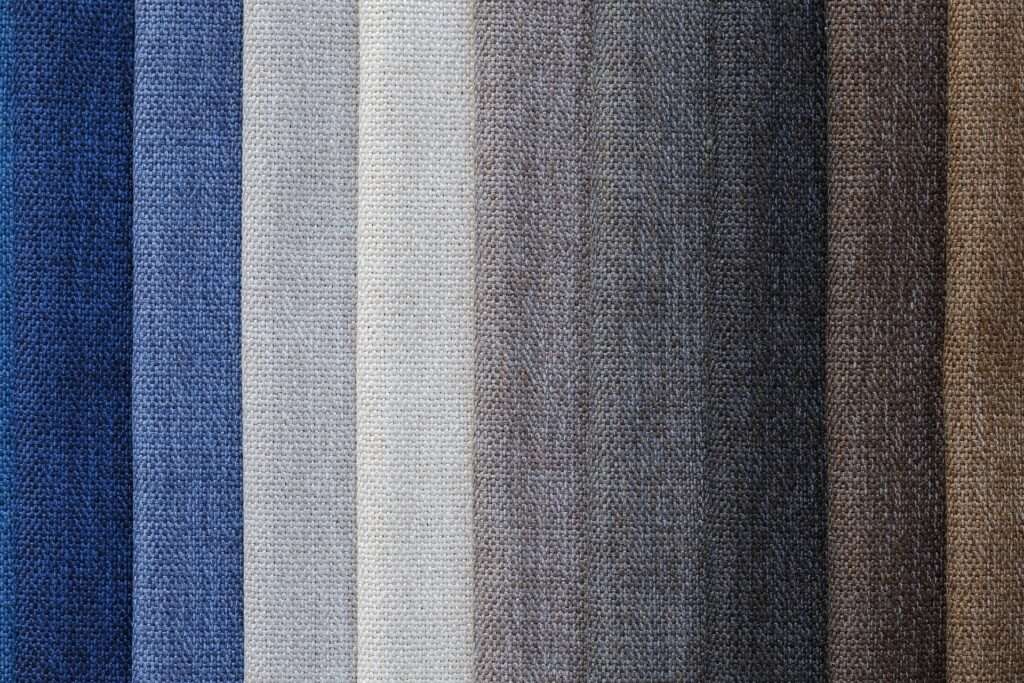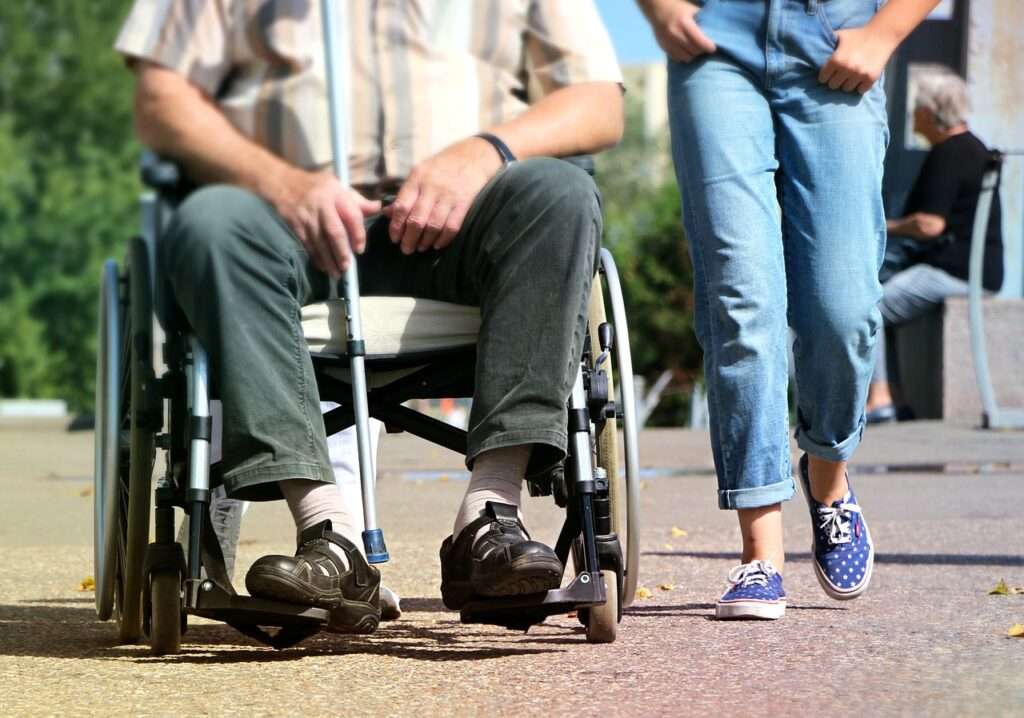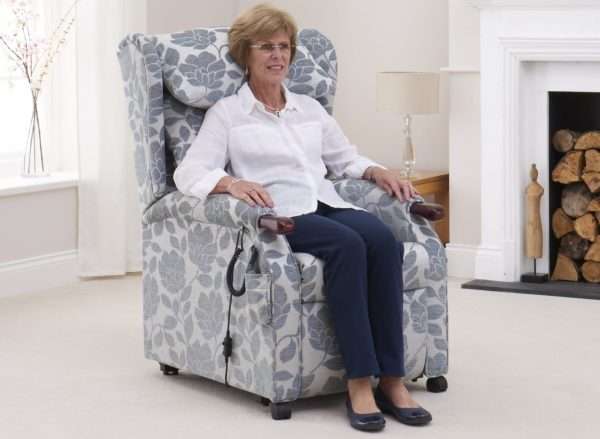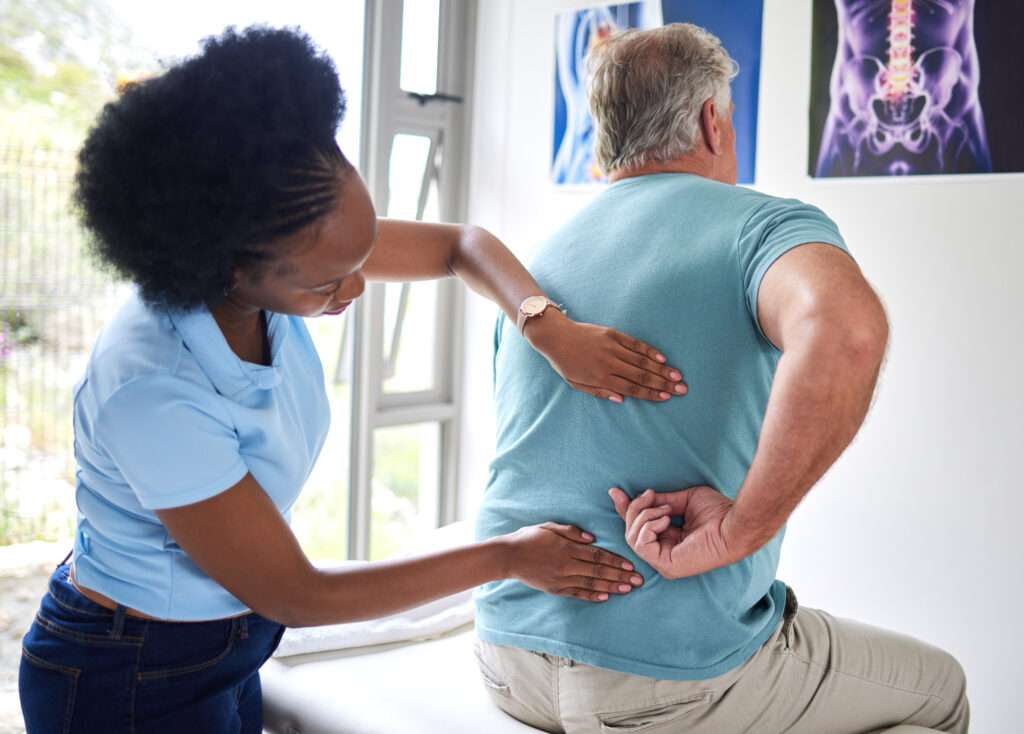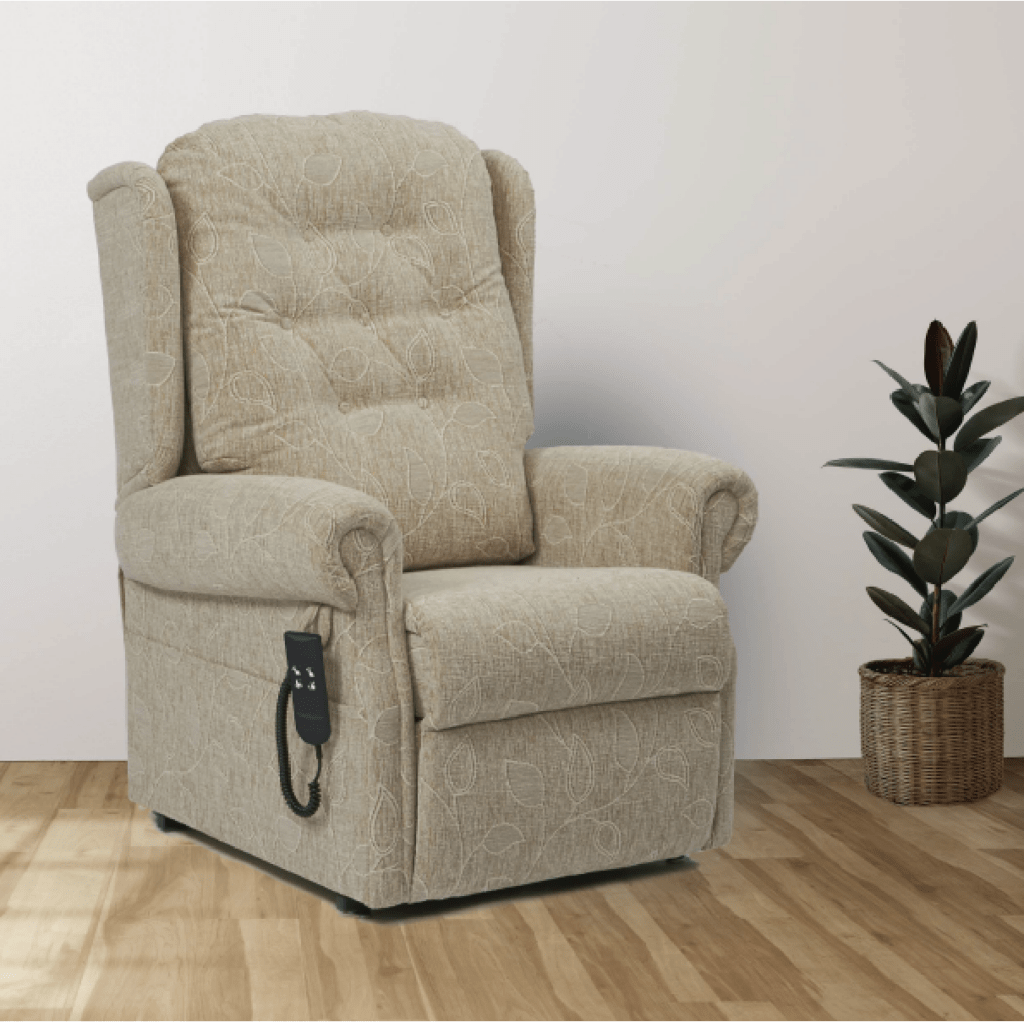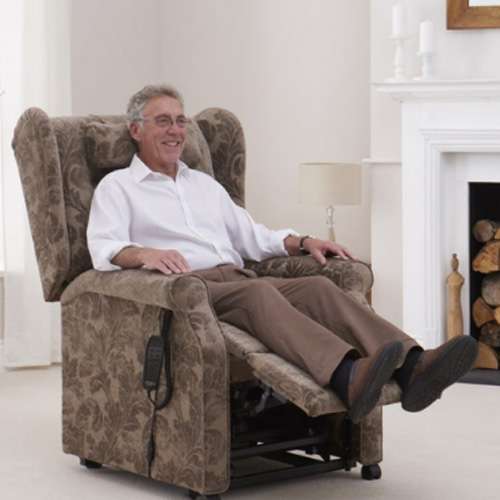Specialist seating fabrics vary a lot and have loads of different qualities. Whether it’s a riser recliner or a care chair, you should always think about what the best material is for you or your client.
It might need to be tough-wearing and wipe-clean, or it might need to stretchy and breathable. But which is the best fabric for your needs?
What is the toughest chair fabric?
For chairs that need to be more robust and able to meet the needs of a few different people, you need a fabric that is long-lasting. Vinyl is a good choice in this case.
Vinyl is tougher and it’s waterproof, which is ideal for places like care homes and loan stores where the chair will be used by lots of different people. It’s a hard-wearing fabric, and it will not wear or tear easily.

Vinyl fabrics are longer lasting and can be wiped clean, but they’re not always the most comfortable or breathable options.
This is particularly good for people who are incontinent as it can be wiped clean with ease. Vinyl will also protect the inside of the chair and the foam from any possible fluid ingress.
Leather can also be used, which is nice but can get slippery. Ultraleather is a good alternative; it’s very soft, durable, and comes in a lot of different colours and finishes.
But we always recommend that you do not use vinyl on the seat of the chair. This is because vinyl isn’t very stretchy or breathable, so it’s not very good for pressure relief.
Instead, try a vapour permeable (VP) fabric like Dartex or Panvelle Stretch. But please be aware that Panvelle Stretch may not be the best fit for multi-user environments because it can snag.
What is the best chair fabric for pressure relief?
One thing to always bear in mind with pressure relief in seating is that the material needs to be stretchy and flexible enough to allow the cushion to mould to your body shape.
With that in mind, the best materials for pressure relief tend to be VP ones. These have a lot more give and are more breathable, which is another key factor of pressure relief.
The breathability of the fabric also helps to prevent the chair or the cushion from getting too hot and uncomfortable too quickly.
Some types of vinyl are stretchy so could be used on pressure relief. However, this isn’t recommended as vinyl is thicker and not as stretchy as VP, so are not as good for pressure relief and can feel hard when sat on.

Panvelle Stretch is a great fabric to use because it’s very soft to touch and incredibly stretchy to allow better pressure relief.
VP fabrics, like Dartex, are good material for pressure relief. It has a four-way stretch system that makes it very flexible when used on top of a gel cushion.
Panvelle Stretch is also good for pressure relief because it’s breathable and stretchy. It’s also soft to the touch and waterproof.
When pressure relief is used, we’d always recommend VP on the user contact areas including the seat (and sometimes backrest), with more hard-wearing fabrics or vinyl on the rest of the chair
What can I do to protect fabrics on my chair?
For riser recliners that are upholstered, you might want to take a few steps to protect your fabrics over time. As with all home furniture, wear and tear happen, but there are ways to prevent it.
You can use antimacassars on the head section of the backrest and on the end of the armrests to protect the upholstery from any discolouration. This is a simple step to keep your chair looking clean and new for as long as possible.
Summary
So really, it very much depends on what you want from your chair as to what kind of fabrics you use on it. There are loads of options available all with different benefits, so make sure you know what you want from your chair first.
For more information on the best fabrics for seating, take a look at our specialist seating eBook.





